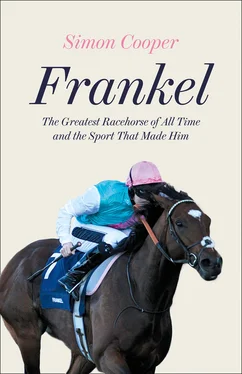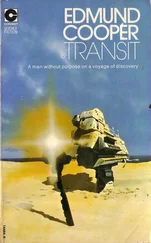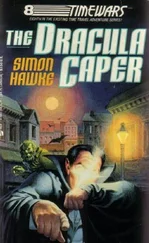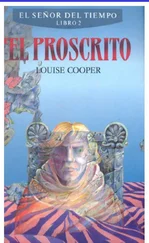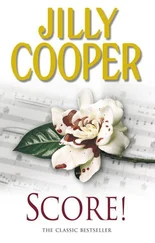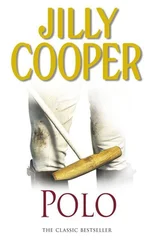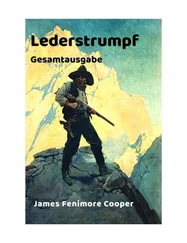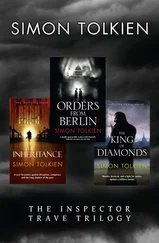There is most definitely a sense of theatre leading up to meeting the equine who is often termed, with no sense of anything other than the truth, the wonder horse. In turn, I am shown stallions Bated Breath, Kingman and Oasis Dream who are led out of their respective stalls for my perusal. Privileged though I am to see them, I do feel a bit of a fraud. If you are a keen follower of horse racing, and breeding in particular, those names will leap from the page. For me, just starting my equine genetic education, they are simply the most beautiful specimens in the prime of life, living in the most splendid surroundings. In time I’ll piece it all together, but for now, without wishing to diminish them in any way, they are the amuse-bouche .
As I turned to see Frankel for the first time, he was most definitely different to the others but perhaps not quite as I imagined. While the first three had variously danced on their toes, squiggled their ears, held heads high, eyes darting to every person and chewing on the brass chain that connects leading rein to head collar, along came Frankel, head bowed down. There was no fuss. No ceremony. I would say he sauntered up to me, but that suggests a levity of demeanour which is not him at all. He moved with considered purpose. Each stride was for a reason, delivering one foot in front of the other with an economy of effort. Pausing at the required spot as if to say, I’m not going to move further unless it is absolutely necessary. But don’t mistake this for laziness. Here was a horse who was alert to everything and everybody around him.
He took to my scratching at the white star on his forehead in good part. Just patting him on the neck seemed rather inadequate; too small and fleeting a gesture to connect with this great beast. He kept his head slightly bowed as we went eye-to-eye. I slid my hand down the front of his face, tracing the line of his blaze, the white hairs that narrow then widen again just as the coat gives way to the soft, dark skin of the muzzle. Warm breath gently exhaled from his nostrils, the steady beat of breathing pacing out the comfortable moments between us. There was a slight damp odour in the air, but not unpleasant. Oats and hay maybe? As I jiggled my fingers around his wet mouth, we ended up playing a little game as he twisted his lips as if to capture a stray piece of my hand. Until, quite suddenly, without breaking eye contact, he nudged my hand away. The game was over.
For Rob Bowley, his stallion man, had just produced the most enormous carrot. However potentially tasty my fingers might have been, carrots were clearly a known quantity in Frankel’s life. It is fair to say, he was not a tidy eater. As he bit, crunched and chewed his way through this industrial-sized vegetable, a pool of carrot juice and orange-coloured pulp, certainly enough to fulfil one of your five-a-day, gathered at his feet. So intent on eating, he didn’t seem to notice the brief arrival of the stud cat George who sidled over to sniff, then reject, a possible windfall. That said, George and Frankel go back a long while, as the cat arrived at Banstead just a month before the horse, though the pedigree of the latter was considerably more certain than that of the former. George just appeared from nowhere, the grey tabby taking up residence without so much as a by-your-leave. Despite much asking around the village nobody ever claimed him so, as the Frankel express has thrilled ever faster, George had been along for the ride, elbowing his way into photoshoots and among film crews. I’m not sure Frankel liked sharing the limelight, for he studiously ignored George, as all the while I stood at his head he kept me fixed in his gaze, those dark brown eyes giving nothing away.
And that is what I recall most about my first meeting with Frankel. Not his impressive frame. Not his beautiful home. But his eyes. They followed the unknown quantity, in this case me, everywhere. Rob, Shane and all the other Banstead people – Frankel had locked them away deep inside that head of his. But of the new, he was curious. Something to be sized up, evaluated and considered. As Frankel was wheeled away and he gave me one last sidelong glance, it was hard not to come to the conclusion that he had been judging me more than I had been judging him. It was an odd and slightly perplexing sensation. He is, after all, only a horse but I felt I had undergone some sort of benediction.
Once Frankel was gone everyone definitely relaxed – now that is odd – as the conversation turned to his daily regime. The question in my mind was soon answered without me ever having to ask it – Frankel was on the way back from his 3 pm covering. Or to put it in layman’s terms, a mating with one of the 150 or so mares that would be visiting with him from mid-February (breeders with some sense of humour commence the season the day after St Valentine’s Day) until mid-June. If you are starting to do the maths to conclude that is a lot of covers in not a lot of time, you’d be right. Plus you have to account for some multiple covers of the same mare to ensure success. So, at the moment of my mid-afternoon meeting, Frankel was only just past the halfway point in his day with 7 am, 3 pm and 9 pm appointments in his daily diary. Great genes are in great demand.
Today Frankel is ten and has spent the greater part of his adult life at Banstead Manor Stud in Suffolk. Indeed, this was where he was born, but his story really starts 400 miles due west in another horse county of another horse country. County Tipperary in Ireland.
There is a fine motorway that takes you from Cork in the direction of Dublin. It’s very twenty-first century with wide lanes and tolls; maybe it is the latter that discourages traffic because it seemed very empty to me. But the moment you turn off to follow the signs to Fethard, you are in old Ireland. The lanes are narrow. The stone walls in need of repair. Topped with hedges interspersed with ragged barbed-wire fencing. You would never call the rural architecture that plots your journey beautiful. The grey, squat, rectangular bungalows are built with practicality rather than beauty in mind, often juxtaposed by the adjacent farmyards that seem to have been forever falling down awaiting a wave of gentrification that may never arrive.
And pretty soon you are in Fethard. The roads are potholed. Shops are boarded up. This seems like a bit of Ireland still awaiting the arrival of the Celtic tiger. But you can’t help but smile at the sign on the wall outside the bar: McCarthy’s est. 1840. Publican. Restaurant. Undertaker. One of Ireland’s oldest unchanged pubs . If that doesn’t arrest the progress of a hungry traveller nothing will, though the slight carbolic smell that hangs over the town is disconcerting. Here is a place where peat is still burned as the fuel of choice.
On, through and out the other side of Fethard and suddenly twenty-first-century Ireland seems to be back, but with a twist of rural chic. Instead of just driving down a road you appear to be driving down an avenue. The verges are trimmed. The hedges cut box-straight, lined on the field side with gradually maturing trees planted perfectly parallel to the road, and beyond that post and rail fences delineating paddocks. Even the farm gates are a cut above your usual rural offering, with sweeping turn-ins and fancy stone pillars. Helpful signs direct you off the road to such-and-such farm or so-and-so stud. Occasionally, you catch a glimpse of a group of mares and their foals.
If Banstead Manor was the last word in understated stud luxury, then Coolmore Stud is something very different. That is not to say it is not smart; witness the mile-and-a-half ‘avenue’ approach which has brought me to their door, the entrance more akin to a small European palace than a working stud farm. But it is unashamedly commercial. In the world of breeding, it is rivalled only, at least in numerical terms, by Godolphin, the name that covers the racing and breeding interests of Sheikh Mohammed and the famous all-blue Godolphin racing colours.
Читать дальше
